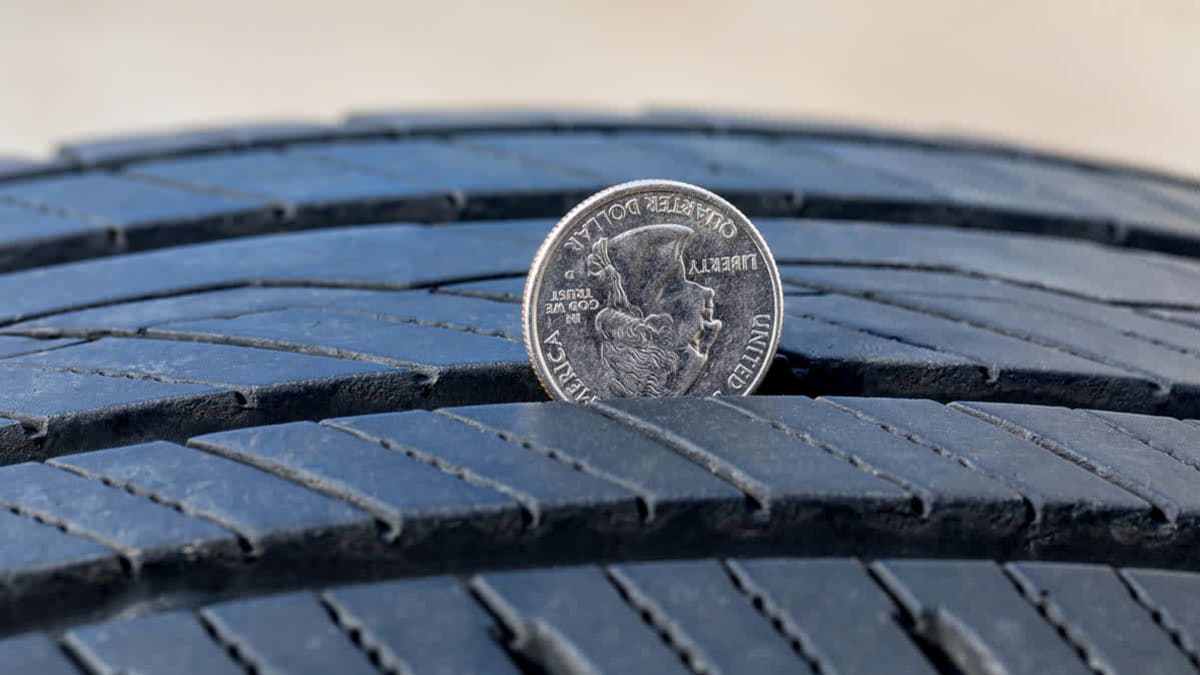
They do have a hefty up-front cost. Most households need 11 kilowatts to cover their electricity needs, according to EnergySage, an alternative energy marketplace. After a 30 percent federal tax credit, the average cost to install a system of that capacity is $22,022. But over time, you can save tens of thousands of dollars on your energy bill. EnergySage estimates savings of $20,000 to $90,000 over 25 years. Plus, the market value of a home with solar panels could rise slightly due to the upgrade, a 2021 study by government researchers found.
Though leasing solar can in some cases require no money down and offer instant savings, it’s typically a worse long-term deal than buying, EnergySage maintains. That’s due in part to the interest costs and finance fees; you also may face payment increases. Because you don’t own the system, you also won’t get a tax credit. The 2021 study found no increase in home value from leased solar.
Not sure how large a system you need or can afford? Plug your address and average monthly electric bill into the calculators at Google Project Sunroof or EnergySage. You’ll see how big a system your home can handle, your break-even point, and potential savings.
Factor in a roof inspection plus the estimated cost to repair and replace roofing shingles that are more than 10 years old, says the roofing maker Owens Corning. Asphalt roofs and solar panels can last up to 30 years, so buying both new at the same time means you won’t have to remove and reinstall the panels to redo your roof, a potentially costly expense. If you have a homeowners association, check for restrictions on solar installations.
Solar marketplaces like EnergySage and SolarReviews are useful tools for comparison. EnergySage can show competing bids from solar companies for your situation without requesting your phone number. EnergySage and Solar Reviews also judge the quality of solar equipment. And both rate and show customer reviews of installers.
As you consider solar companies, you might see references to “price [or cost] per watt.” Like supermarket unit pricing, that figure can help you compare the relative price of bids. “But other characteristics of the project—equipment quality, warranty, installer reputation—are better indicators of overall value,” says Spencer Fields, director of insights at EnergySage.
Other Measures to Consider
Annual production: Proposals may show panel configurations with different estimates of production—from, say, 100 to 137 percent of your current needs. Excess power could be worthwhile if you plan to buy an electric car, for example. But don’t get a system that’s too big.
Power degradation: The best panels degrade at 0.25 percent of their original capacity per year, still producing around 92.5 percent of that capacity after 25 years, Fields says.
The installer’s bona fides: Look for several years of experience. Ask for proof of licensure and confirm certification by the North American Board of Certified Energy Practitioners. Check for complaints with the Better Business Bureau.









